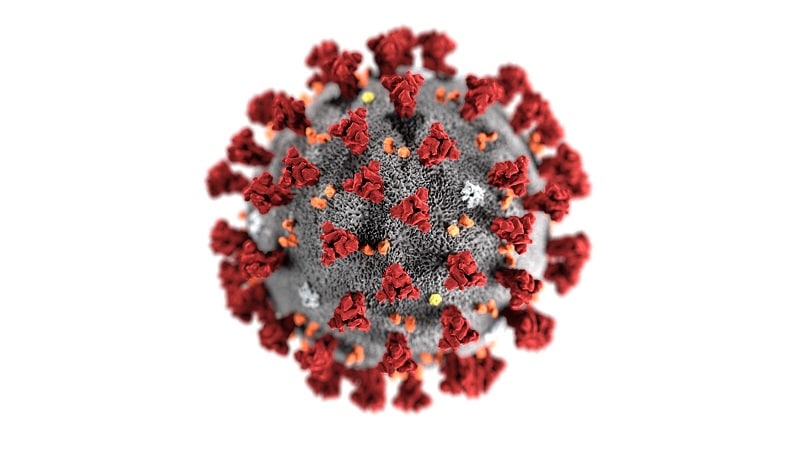Gold-Coated Substrates in COVID-19 Research
Gold-coated glass is extremely valuable in high-resolution imaging applications. We talked about this at length recently, extolling the unique adsorption mechanics and infrared (IR) reflectivity of gold thin films as critical virtues for niche areas of experimentation. The key takeaway from that article was this: Provided your thin film is extremely high purity and topographically uniform at the atomic scale, your gold-coated substrate should provide a flawless surface for detailed microscopic or spectroscopic observations.
The Importance of Gold-Coated Substrates
Laterally contiguous ultra-thin gold films on transparent substrates like mica or silica glass have proven to be incredibly useful for challenging areas of biomolecular research. Previously, it was extremely difficult to deposit truly uniform gold thin films on surfaces like these as the vapor-phase tends to precipitate as a series of disconnected islands. This led to structural defects, a lack of planarity, and – ultimately – poor performance. Visualizing biomolecules immobilized on a gold-coated microscope of such quality would be difficult, and your results would be unreliable.
At Platypus Technologies, we have refined our coating process to near perfection. All our gold is sourced from quality-assured suppliers.
We carry out electron beam evaporation in a class 10,000 cleanroom environment and promote uniform adhesion using a thin layer of titanium at the mica/silica interface. This translates into unparalleled performance, enabling you to observe proteins of interest at the smallest possible scales.
Case Study: Gold-Coated Substrates in COVID-19 Research
The world has spent most of the year grappling with COVID-19, more accurately referred to as severe acute respiratory coronavirus (SARS-CoV-2). Enormous amounts of research need to be conducted if we are to control and ultimately eliminate this disease from the human population. Fortunately, leading experts are exploring all possible avenues for novel diagnostics and testing kits geared towards detecting the virus in individuals and tracing the genesis of transmission. Others are hard at work pioneering therapeutics.

One particularly promising avenue for potential COVID-19 treatments is the characteristic spike proteins that allow the virus to bind with human cells. Researchers are studying the effect of binding these proteins with different antibodies in the hopes of discovering an efficient treatment. Observing these tiny interactions requires a reliable substrate.
Gold thin films work well for monitoring protein interactions as they produce electromagnetic oscillations that fluctuate during protein binding. If you were studying the interaction between COVID-19 and a candidate antibody, you could adhere the viral particle to a gold-coated substrate, introduce the target antibody, and study the resulting resonant oscillations via surface plasmon resonance (SPR). This would give you the best possible indication of antigen-antibody binding at the earliest stages of drug discovery.
At Platypus Technologies, we have already developed the SPRchip and SPOTREADY gold-coated substrates for exactly this purpose. The ultra-thin nanocoating of the SPRchip can be functionalized to study a wide range of protein interactions, while the SPOTREADY is a nanopatterned biosensor chip designed for batch processing in SPR studies.
Are you looking to carry out high-resolution protein studies and need reliable substrates? Contact a member of the Platypus Technologies team to discuss partnership opportunities with us. We would be happy to supply gold-coated substrates tailored to your specifications.